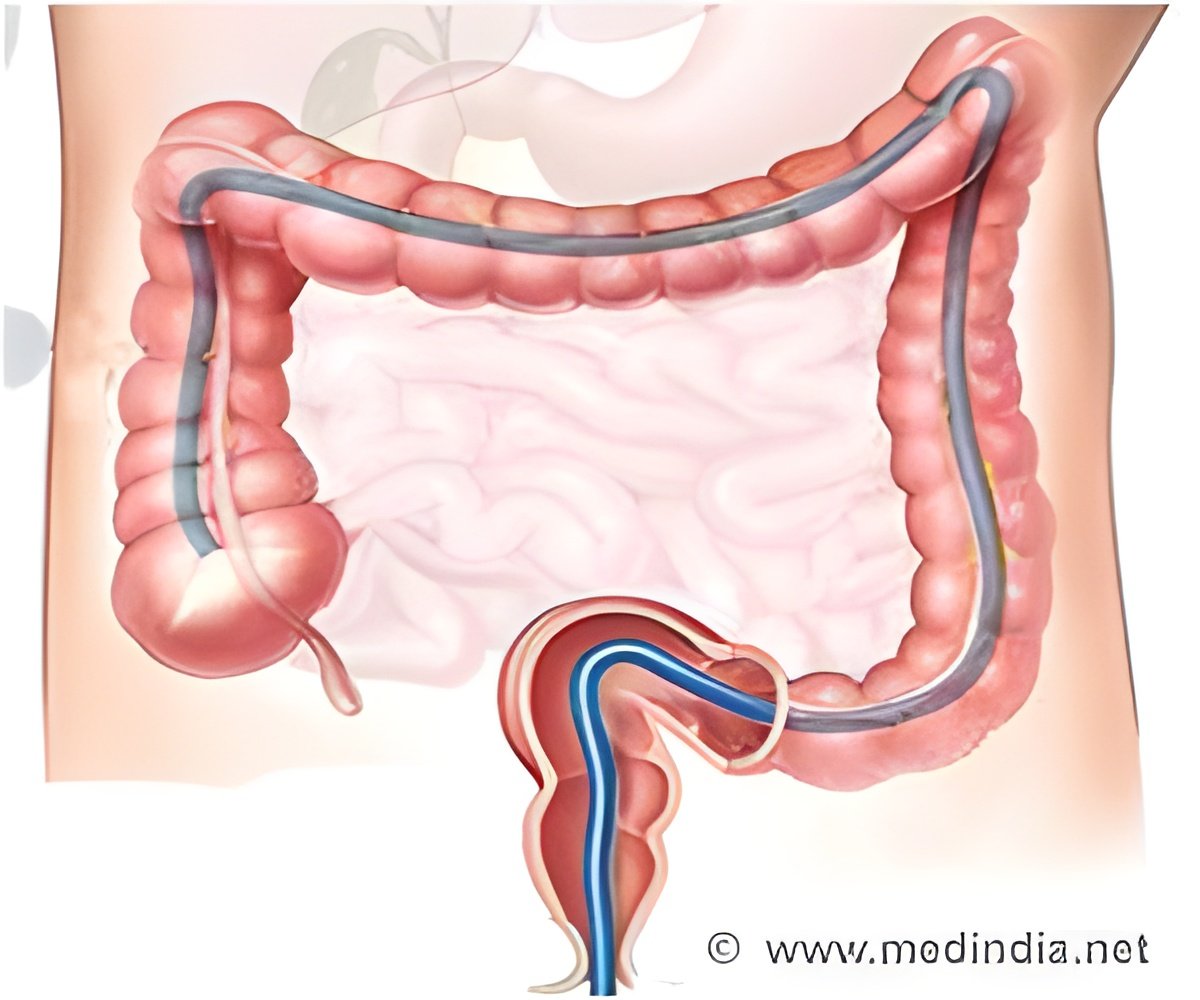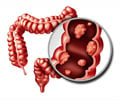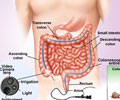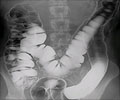Researchers studying colorectal cancer can take advantage of the CRCgene database to accurately interpret the risk factors of the disease.

In order to determine the genetic factors associated with colorectal cancer, Julian Little, Ph.D., of the Department of Epidemiology and Community Medicine at the University of Ottawa and colleagues, gathered data from previously published guidelines for assessing cumulative evidence on genetic association studies, and performed meta-analyses on all the data, compiling all genetic association studies published in the field. The credibility of the studies was determined by the Venice criteria and the Bayesian False Discovery Probability (BFDP) test.
The researchers found 16 independent gene variants had the most highly credible links to colorectal cancer, with 23 variants. "The number of common, low-penetrance variants that appear to be associated with colorectal cancer is very much less than anticipated, therefore decreasing the feasibility of combining variants as a profile in a prediction tool for stratifying screening modalities on primary prevention approaches," the authors write. Still, they feel that, "the analysis here provides a resource for mining available data and puts into context the sample sizes required for the identification of true associations."
Source-Eurekalert















